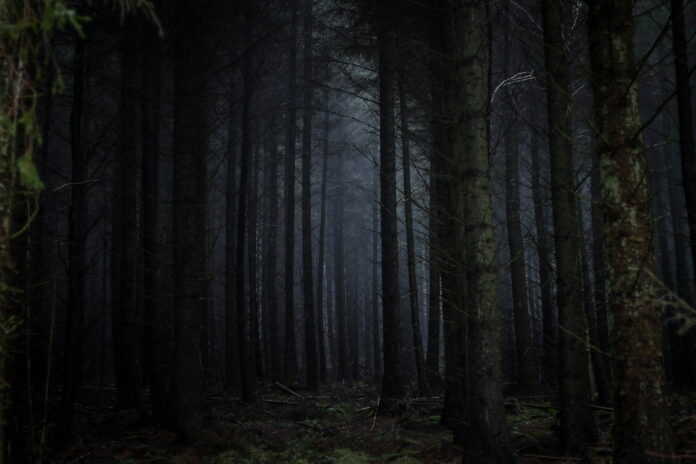In an era where urbanization and technological advancements are at their peak, the night skies are becoming increasingly illuminated, not by stars, but by artificial lights. This phenomenon, known as light pollution, has far-reaching effects that go beyond just robbing us of the chance to gaze upon a starry sky. The ecological impacts, particularly on nocturnal wildlife, have become a growing concern among environmentalists and ecologists.
Understanding Light Pollution and Its Sources
Light pollution is defined as the inappropriate or excessive use of artificial light. Sources include street lamps, neon signs for advertisements, lights from commercial establishments, and improperly directed residential lighting. This form of pollution not only obscures our view of the universe but also significantly alters the natural patterns of light and dark in ecosystems. Urban areas are the primary contributors, where the excessive use of artificial light continues to expand in scope and intensity with urban sprawl, thus escalating the environmental implications.
The types of light pollution include glare (excessive brightness that causes visual discomfort), skyglow (the brightening of the night sky over inhabited areas), light trespass (light falling where it is not intended or needed), and clutter (bright, confusing, and excessive groupings of light sources). These various forms of light pollution are not just nuisances but are potent disruptors of the natural environment. The transition from day to night is blurred, which confuses the natural cycles of wildlife and disrupts ecosystems.
Understanding the sources and types of light pollution is crucial for addressing its impacts. Awareness and education about these sources can lead to better planning and design in urban settings to minimize the adverse effects. By recognizing the primary contributors to light pollution, strategies can be developed to curb this growing problem, thereby protecting our natural night environment.
Effects of Artificial Light on Nocturnal Wildlife
The intrusion of artificial light into the natural world poses significant challenges to nocturnal wildlife, species that are active during the night and rely on the darkness for survival. For instance, many species of insects are drawn to artificial lights, leading to fatal attractions that disrupt food chains and predator-prey relationships. This not only affects the insects themselves but also the species that rely on them for food, including bats and night birds.
Moreover, artificial lighting alters the reproductive behaviors of some nocturnal creatures. For example, certain amphibians rely on natural light cues for breeding; excessive light can disrupt these cues, leading to reduced reproductive success. Additionally, sea turtles, which hatch on beaches, use the light of the horizon to find their way to the ocean. Excessive beachfront lighting confuses these hatchlings, leading them away from the sea, increasing their risk of predation and decreasing survival rates.
The disruption of these natural behaviors through light pollution leads to declines in population and changes in species interactions, which can have cascading effects throughout the ecosystem. Understanding these impacts is crucial for developing effective conservation strategies and for the ongoing study of ecological dynamics at night.
Strategies to Mitigate Nighttime Light Pollution
To combat the adverse effects of light pollution, several strategies can be implemented. One effective approach is the adoption of better lighting design and technology. This includes using fixtures that minimize glare and reduce skyglow, implementing motion sensors to reduce the amount of time lights are on, and selecting lighting with appropriate intensity and spectral qualities that are less disruptive to wildlife.
Community planning and regulations also play a crucial role in mitigating light pollution. Zoning laws can restrict the amount of light used in sensitive ecological areas, and public lighting projects can be designed with ecological considerations in mind. Public awareness and education about the effects of light pollution can also lead to more responsible behavior by individuals and businesses, further reducing the ecological footprint of artificial lighting.
Lastly, the transition to LED lighting, which is more energy-efficient and less impactful on the nocturnal environment when used correctly, offers a significant opportunity for reducing light pollution. However, it is crucial that these LEDs are properly shielded and used in a color spectrum that minimizes disruption to wildlife. By adopting these strategies, communities can help restore natural darkness in areas affected by light pollution, thereby supporting nocturnal ecosystems.
While light pollution is often overlooked as a minor side-effect of modern life, its impact on the environment, particularly on nocturnal wildlife, is profound and far-reaching. By understanding its sources and effects, and implementing effective mitigation strategies, we can protect these vital aspects of our world’s biodiversity. As we continue to progress technologically, let us also ensure that we preserve the natural nightscapes that are essential for the health of our planet’s ecosystems.
